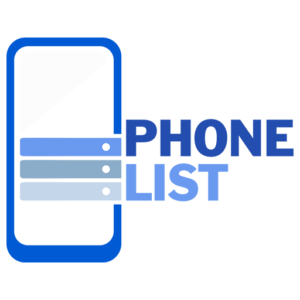Segmentation and targeting are essential for effective. B2b email marketing. By dividing your email list into specific segments based on relevant criteria. You can deliver more. Personalized and relevant content to your audience. Use dynamic content or email personalization techniques to deliver targeted messages within a single email campaign. Here are some best practices for. B2b email list segmentation and targeting. Define your segmentation criteria. Identify the key characteristics or behaviors that matter to. Your business and align with your marketing goals. Common segmentation criteria include industry. Company size, job title, geographical location, purchase history. Engagement level, or stage in the buyer’s journey.
Collect and analyze data
This ensures timely and accurate targeting without manual effort. Monitor and analyze results: Regularly monitor and analyze the performance Uzbekistan B2B List of your segmented campaigns. Gather data from various sources, such as your CRM, website analytics, and email marketing platform, to understand your subscribers better. This data will help you identify patterns, preferences, and trends that can guide your segmentation strategy. Use explicit and implicit data: Combine both explicit data (information provided by subscribers through forms or surveys) and implicit data (gathered through their interactions with your emails, website, or content) to create more accurate and detailed segments. Start with broad segments: Begin with broader segments based on general criteria that reflect your target audience.
As you gather more data
Insights, you can refine these segments further for better targeting. Segment based on behavior: Consider segmenting your email list based on AO Lists specific behaviors, such as engagement with your previous emails, website interactions, or content downloads. This allows you to tailor your messaging to each segment’s specific interests and actions. Personalize content and messaging: Once you have defined your segments, craft personalized content and messaging that addresses the unique needs and pain points of each segment.
Test and refine your segments: Continuously evaluate the performance of your segments and refine them based on the insights you gather. Test different segmentation approaches, messaging, and content to optimize your targeting strategy. Automate segmentation and targeting: Leverage marketing automation tools to automate the segmentation and targeting process. Set up rules and triggers that automatically assign subscribers to specific segments based on their actions or characteristics.



